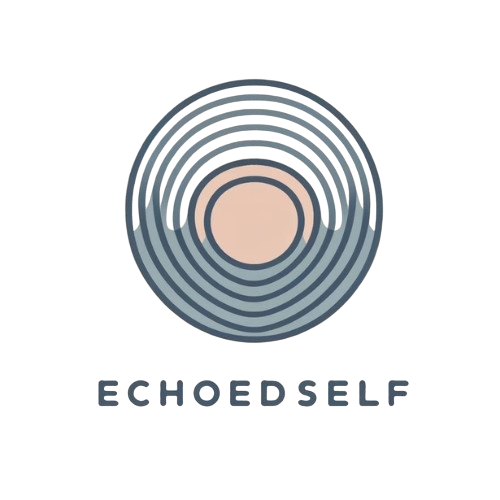Unity symbols in art therapy: Healing through collective expression
Long before we spoke shared languages or wrote shared histories, we drew. Across continents and centuries, humans marked stone, stitched cloth, painted walls, inked skin—not for decoration, but for belonging. These early symbols were prayers, memory keepers, and community bridges. They whispered what we now say aloud in art therapy: you are not alone.
Today, as art therapists, facilitators, and soul-guided creatives, we return to this ancient knowing. Unity symbols—mandalas, spirals, trees, knots—are more than motifs. They are visual languages of connection, healing, and shared humanity. In this post, we explore how they foster emotional integration, offer grounding in individual sessions, and open portals of shared experience in group work.
Symbols as bridges: Ancient forms, universal meaning
Across cultures, unity symbols appear in surprising harmony. The Celtic knot, the spiral of Maori kōwhaiwhai, the African adinkra for togetherness, the Buddhist mandala—each carries the message of wholeness, cycles, and sacred connection.
In art therapy, these symbols become visual touchstones. A circle offers containment and safety. A spiral reflects inner growth. The Tree of Life can hold ancestral stories, grief, or regeneration. Even the simple act of tracing these forms has a calming effect, inviting presence and nervous system regulation.
Yet these symbols aren’t fixed. They flex and shift to meet the artist. Whether replicated from tradition or reimagined from intuition, they offer an embodied reminder: your inner world is part of something greater.
The therapeutic power of unity symbols
What makes unity symbols so potent in therapy is their capacity to contain. They are emotional vessels—holding grief, hope, fragmentation, and the quiet work of repair.
For individuals struggling with isolation or emotional disconnection, unity symbols offer a mirror of belonging. Creating a mandala or a knot can feel like gently stitching the self back together. In group settings, these symbols become connective tissue—visual representations of shared experience. One circle, many expressions. One canvas, many truths.
In trauma-informed practice, repetitive mark-making within or around a symbol can serve as grounding. A central motif becomes a meditative anchor, guiding participants inward while reinforcing the felt sense of safety and integration.
Unity in motion: Symbols that grow with you
Healing isn’t static, and neither are symbols. That’s what makes them such rich companions in art therapy. A mandala might begin as a classic radial form and evolve into a constellation. A Tree of Life might lose its symmetry, sprouting unpredictable branches that tell a truer story.
Invite clients (or yourself) to ask:
What does unity feel like in this moment?
What shape does my belonging take today?
Where in my life is connection being restored?
This freedom to adapt symbols creates space for emotional authenticity. We begin to trust the process—not for beauty or neatness, but for what it reveals. What begins in shadow can be outlined in gold. What begins with one mark may become a map of return.
Collective expression and cultural sensitivity
While symbols can unify, they must be used with care. Many carry sacred meaning. Using them in art therapy requires context, respect, and intention.
To foster ethical use in your practice:
offer background on the symbols you introduce.
invite participants to create their own symbols of unity.
emphasize emotional resonance over aesthetic replication.
Rather than recreating sacred symbols from another culture, begin with a universal form—a circle, a spiral—and let each participant build from it. On a shared mural, quilt, or canvas, these symbols become a tapestry of voices. Each hand contributes a piece to the whole.
Unity as a practice, not a product
We often think of unity as a finished image. But in healing, as in art, unity is a process. It unfolds in layers. It shifts, dissolves, reappears.
To work with unity symbols is to practice what they represent:
holding paradox.
making space for difference.
weaving strength from vulnerability.
Whether you're creating for your own healing, facilitating a circle, or exploring community art, unity symbols offer more than imagery. They offer ritual. Presence. A way to say, we are here together—even in silence.
One circle, many hands
In a fragmented world, art becomes thread. A symbol begins as one mark. A dot. A spiral. A seed of something unspoken. But add to it—lines, colors, textures, fingerprints—and it becomes what we’ve always longed for: connection.
Each time someone dips a brush, presses their palm into clay, or carves a spiral into a soft page, we remember. We are not alone. Our healing is part of each other’s. Our stories are meant to intertwine.
Even in the shadow, we are part of the light.
